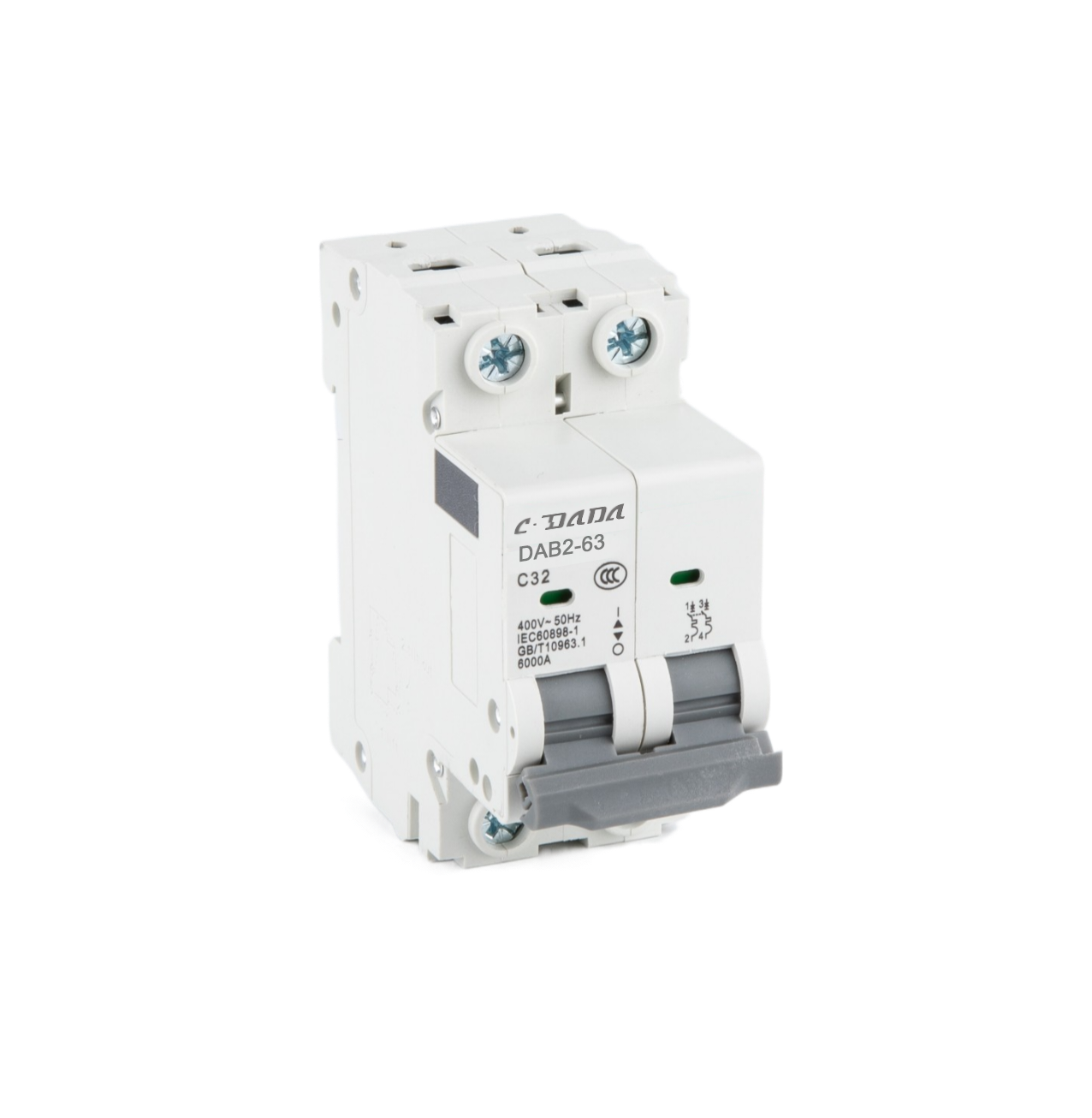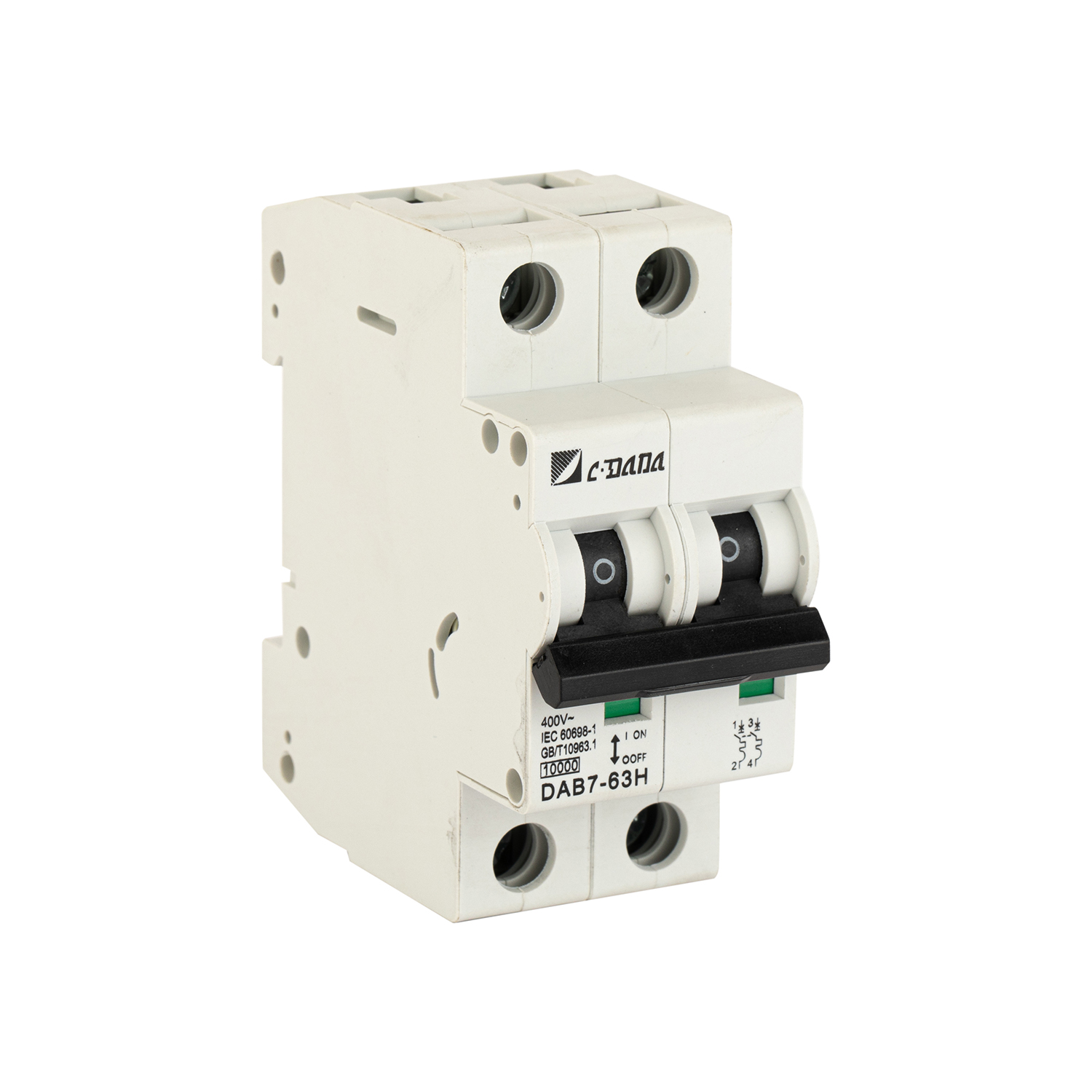Selecting the right low-voltage circuit breaker is a critical step in electrical system design. A proper selection ensures not only the safe and reliable operation of the system but also minimizes the risk of equipment failure and operational downtime. In this article, we will explore the key principles to consider when choosing a low-voltage circuit breaker, along with practical guidance for engineers and system designers.
First and foremost, it is essential to understand the specific application where the circuit breaker will be used. This includes analyzing the nature of the load, the potential fault types, and the electrical environment. For example, resistive loads like lighting circuits require different protection characteristics than inductive loads such as motors. Additionally, factors such as ambient temperature, humidity, and installation altitude may influence the performance and selection of the breaker. By clearly defining these requirements, designers can select a breaker with appropriate voltage and current ratings, as well as sufficient breaking capacity.

Another core principle is adherence to national and international standards. Low-voltage circuit breakers must comply with standards such as IEC 60947-2 and UL 489, which establish guidelines for safety, performance, and testing. In China, the corresponding standards include GB 14048-2 and GB 10963. Compliance not only guarantees quality and reliability but also ensures compatibility across systems. In some specialized applications—such as marine, traction, or high-altitude installations—additional agreements between manufacturers and users may be required.
In systems where multiple circuit breakers are installed in series, selective coordination becomes a critical design principle. The goal is to isolate only the faulty section during a fault event while keeping the rest of the system running. This requires careful coordination of tripping characteristics between upstream and downstream devices. For effective selective tripping, the rated current of the upstream breaker is typically set 1.6 times higher than that of the downstream breaker, considering the ±20% tolerance allowed by standards.
Arc flash incidents are among the most dangerous electrical hazards. Selecting circuit breakers with arc mitigation features can significantly reduce this risk. Options such as arc-resistant enclosures, fast-acting trip units, and energy-reducing settings are all valuable considerations. Designers should also evaluate how breaker settings affect incident energy levels, especially in high-current environments like industrial panels.
A reliable breaker is not just one that functions correctly at installation, but one that performs consistently over time. When choosing a breaker, consider factors such as ease of maintenance, availability of spare parts, historical reliability data, and compatibility with common installation practices. For environments with frequent breaker operation, selecting models with proven mechanical endurance and low failure rates is particularly important.
Beyond selection, correct parameter setting is equally important. The circuit breaker should allow normal operation and equipment startup without nuisance tripping. For example, in motor circuits, the short-delay and instantaneous trip settings should be calculated to avoid unnecessary trips during startup. Additionally, the breaker must respond quickly and reliably under fault conditions. Achieving this balance often involves compromises between trip speed, selectivity, and coordination. Engineers should verify calculations and use correction factors when needed—for example, for temperature or altitude adjustments.

Low-voltage circuit breakers should also meet general design rules, including:
Rated voltage ≥ system voltage.
Rated current ≥ calculated load current.
Breaking capacity ≥ maximum fault current in the system.
Proper matching of release devices and control power supply voltages.
When dealing with special installation environments—such as altitudes above 2,000 meters or dense cable arrangements—designers should refer to engineering manuals and consult manufacturers for derating factors and product-specific data.
Selecting and setting low-voltage circuit breakers is a detailed process that requires a solid understanding of both system requirements and product performance characteristics. By following the principles outlined above—understanding application needs, ensuring compliance, coordinating protection, mitigating arc hazards, considering maintenance, and applying correct settings—engineers can make well-informed decisions that lead to safer and more reliable electrical systems.
For expert support in choosing high-performance low-voltage circuit breakers tailored to your project, contact DADA—your reliable partner in electrical protection and innovation.